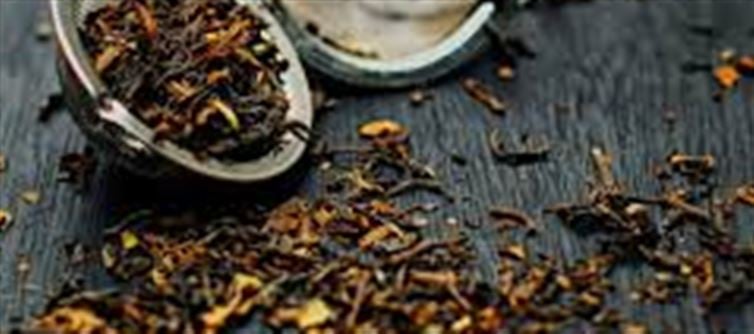
Tea in india is not just a drink—it’s an experience, a daily ritual, and a part of cultural identity. As one of the world’s largest tea producers, india offers a rich variety of teas, each region lending its own distinctive aroma, flavor, and story. Among the most celebrated are Assam, darjeeling, and Nilgiri teas. Here’s how they differ and why each has its own fan following.
1. assam Tea – Bold and Malty Brews from the Northeast
- Region: Grown in the lush plains of assam, alongside the mighty Brahmaputra River.
- Flavor Profile: Known for its robust, malty taste with a strong, brisk character.
- Best Time to Drink: Morning energizer—perfect as a base for masala chai or English Breakfast tea.
- Fun Fact: assam is the world’s largest tea-growing region, producing teas loved for their strength and depth.
👉 If you like your tea strong, bold, and milk-friendly, assam tea is your cup of comfort.
2. darjeeling Tea – The “Champagne of Teas”
- Region: Cultivated in the cool Himalayan foothills of darjeeling, West Bengal.
- Flavor Profile: Delicate and aromatic, often carrying muscatel notes (fruity, grape-like flavor).
- Best Time to Drink: Afternoon tea—enjoyed without milk to savor its subtle layers.
- Harvest Seasons:
- First Flush (spring): Light, floral, and fresh.
- Second Flush (summer): Fuller-bodied with muscatel richness.
- Autumnal Flush: Smooth and balanced.
- Fun Fact: Authentic darjeeling tea has a GI tag (Geographical Indication), like Champagne in France.
👉 If you prefer refined, light-bodied teas, darjeeling is your sophisticated choice.
3. Nilgiri Tea – Fragrant Brews from the Blue Mountains
- Region: Grown in the Nilgiri Hills of tamil Nadu in southern India.
- Flavor Profile: Fragrant, brisk, and smooth, with floral and citrusy notes.
- Best Time to Drink: A versatile tea—works well hot, iced, or blended in flavored teas.
- Fun Fact: Nilgiri teas are prized for their fragrance and are often used in iced tea blends exported worldwide.
👉 If you enjoy aromatic, versatile teas, Nilgiri is the one to try.
4. One Country, Many Cups
While assam, darjeeling, and Nilgiri represent three distinct regions, together they capture the diversity of India’s tea culture:
- Assam brings strength,
- Darjeeling brings elegance, and
- Nilgiri brings fragrance.
Whether you’re a chai lover or a connoisseur of delicate brews, indian tea culture ensures there’s a cup for every mood.
Disclaimer:
The views and opinions expressed in this article are those of the author and do not necessarily reflect the official policy or position of any agency, organization, employer, or company. All information provided is for general informational purposes only. While every effort has been made to ensure accuracy, we make no representations or warranties of any kind, express or implied, about the completeness, reliability, or suitability of the information contained herein. Readers are advised to verify facts and seek professional advice where necessary. Any reliance placed on such information is strictly at the reader’s own risk.
.jpg)




 click and follow Indiaherald WhatsApp channel
click and follow Indiaherald WhatsApp channel